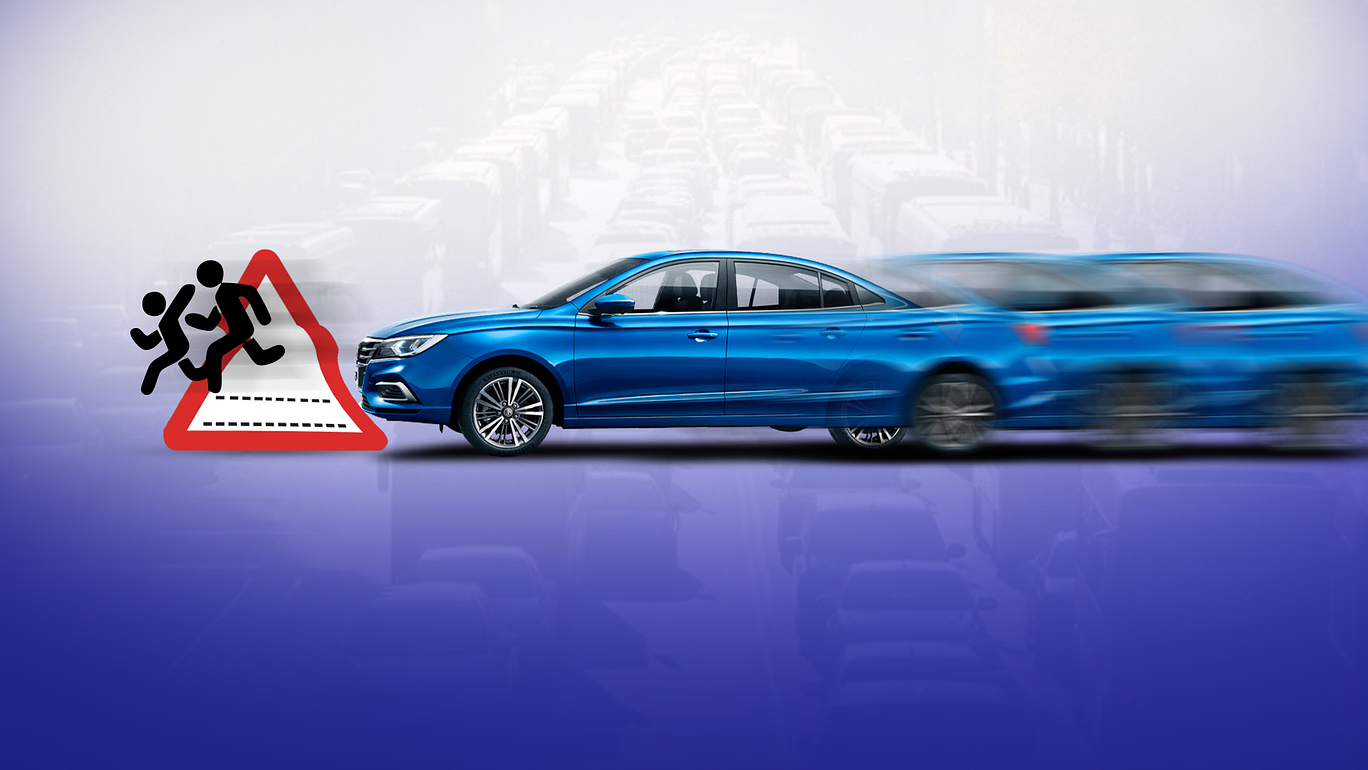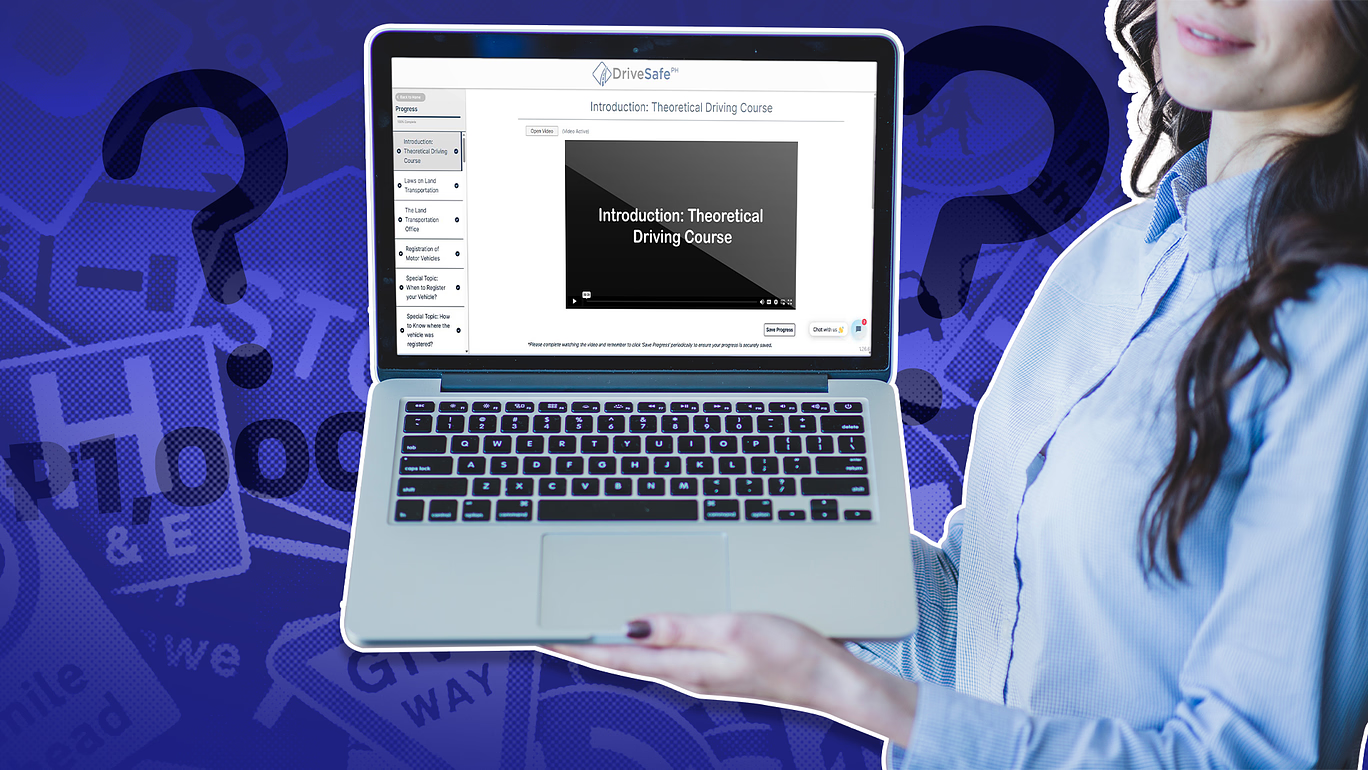What is BLOWBAGETS? Ah. that is simply the Golden Rule of Driving. These are the things you need to check before you hit the road to ensure safety and prevent accidents.
Here’s what the acronym stands for and why it is important to know each.

B – Battery
First off, a car will not start without a battery. And a car that runs out of battery while already on the road definitely spells trouble.
To ensure safety, check the hood and the terminals for corrosion and loss. Battery replacement should be done every 3 years or as needed.
Your vehicle’s Alternator is a built-in device that can produce electrical energy by using a series of gears. It is used to recharge your vehicle’s battery, as well as power the headlights and other devices. You can start your vehicle’s engine by pressing the manual button on the keychain.
L – Lights
Walking in the dark is tricky, more so driving at night. Lights are very essential; these are signal lights, headlights, brake lights, and lights for driving during the daytime.
To check, turn your vehicle on, and turn on all the lights. If any of the lights are not working, or are a little dim, replace their bulbs right away.
The above-mentioned lights are essential in showing signals to other vehicles sharing the road with you in order to avoid getting into an accident.
O – Oil
The oil inside your car engine is essential since it serves as a lubricant to prevent your engine from wearing and tearing. Even your wheels and brakes need oil, too, to function well.
Most cars are equipped with an oil indicating system. The letter on the gauge, L and H, mean low and high or minimum and maximum, respectively.
If the Indicator is nearing L, then meaning it is close to the minimum, it is time to replenish your car’s oil tank.
W – Water
An overheating engine is one of the many reasons a vehicle will be stuck, unmoving, on the road.
The car’s radiator must have enough water all the time – a mixture of distilled water and coolant, to maintain the engine’s temperature.
Check your engine’s cooling system, and make it a habit to keep a spare bottle in the car’s trunk.
B – Brake
Faulty brakes always result in disaster. The second B means brakes, test it, and do not drive when it feels weak. To test the brake, step on the pedal while the vehicle is on and push it to the floor, ensuring it doesn’t feel spongy or too stiff.
Check your brake to avoid spiraling out of control, especially in the rainy season when all roads are most likely to be slippery.
A – Air
This speaks about the air in your tires if they are adequately inflated. New or old tires may lose air over time, so it is necessary to check every so often to lower the chances of accidents.
If you do not have a tire pressure gauge at home, the nearest vulcanizing shop or the nearest gas station has one for sure. It may be an additional stop before you leave for a long drive, but it sure is worth the hassle.
G – Gas
We all are hoping for a day when gas will no anymore be a necessity for a vehicle to move, especially now that gasoline prices are off the roof. Running out of fuel in the middle of the road and of an adventure is both a bummer and a risk danger to road users.
Check your car’s fuel gauge before driving your vehicle.
E – Engine
Never forget to check the engine of your vehicle. Check for leaks and be wary of some strange noises such as bangs, knocking sounds, or noises. These are common signs of engine problems.
Have your engine checked by a professional to figure out the source before it gets worse.
T – Tire
The tire is the only part of your vehicle in close contact with the road. It is very susceptible to damage as it takes on the heat and friction, and prevents your car from slipping on slippery roads when it is rainy.
The easiest way to test is a hand trick – give it a little punch and see if it doesn’t move. You can always use a pressure gauge to be sure.
If you notice any deformity in your tire, see if it just needs pumping or if it needs to be replaced.
An old trick to check the tread depth of a tire is to put a coin inside its grooves. The smaller part of the coin must be seen or it is an indication that you need to change your tires.
S – Self
Check yourself before driving, because once you sit in the driver’s chair and step on the pedal, you are officially the vehicle’s captain. Make sure that you are physically, emotionally, and mentally ready to drive. Remember that when you are driving, you are responsible for the safety of yourself, your passengers, and those who share the road with you.
Check for necessary documents too. Have your Driver’s License, vehicle registration papers, and vehicle insurance with you whenever you hit the road.
Battery, lights, oil, water, brake, air, gas, engine, tire, and self are just some of the many that you have to understand to be able to drive responsibly.
Drivesafe PH provides a theoretical driving course that helps you understand the basics of driving in comprehensive detail. Drivesafe PH is the 1st LTO Accredited Online Theoretical Driving Course Provider, a social learning platform that provides accessibility to Defensive Driving Education to future Filipino drivers who would like to take the first step in Road Safety.
Check your BLOWBAGETS before you can finally say “Tara, Lets!”


